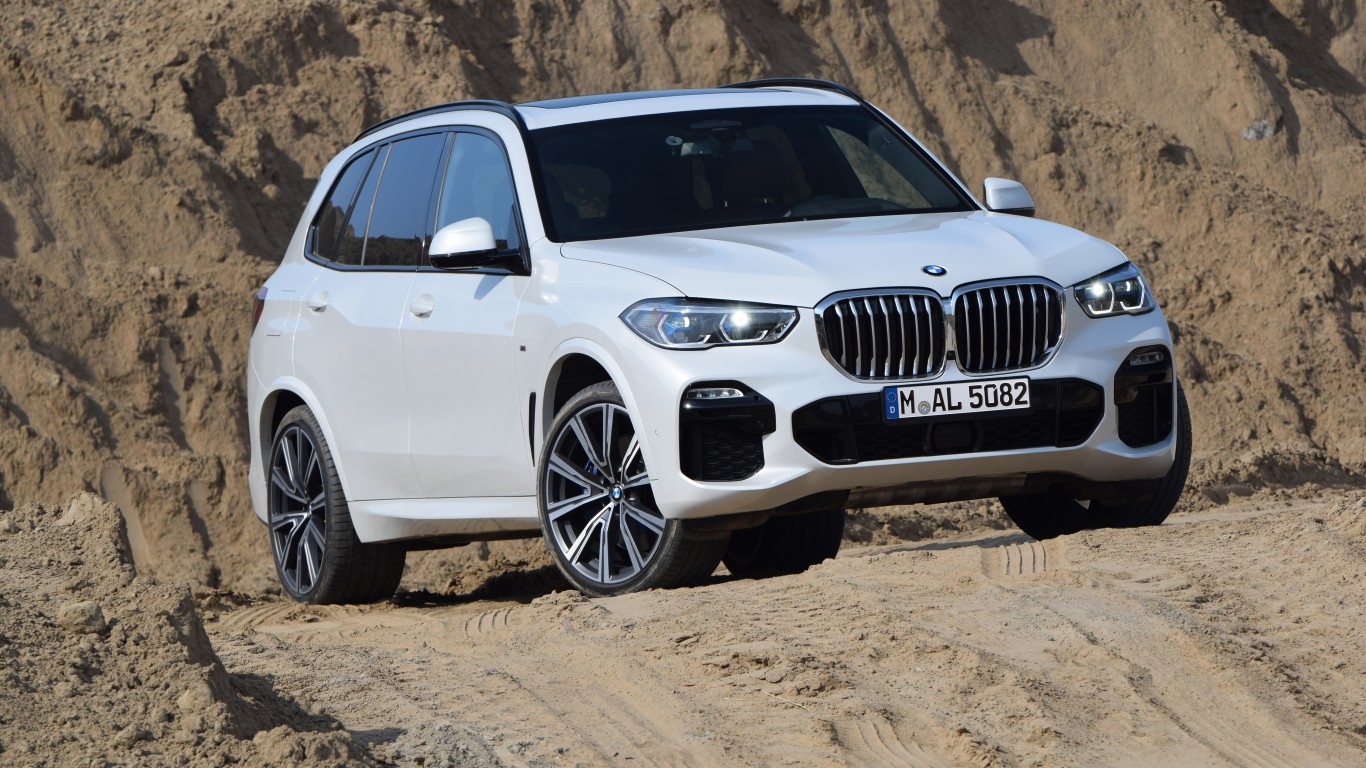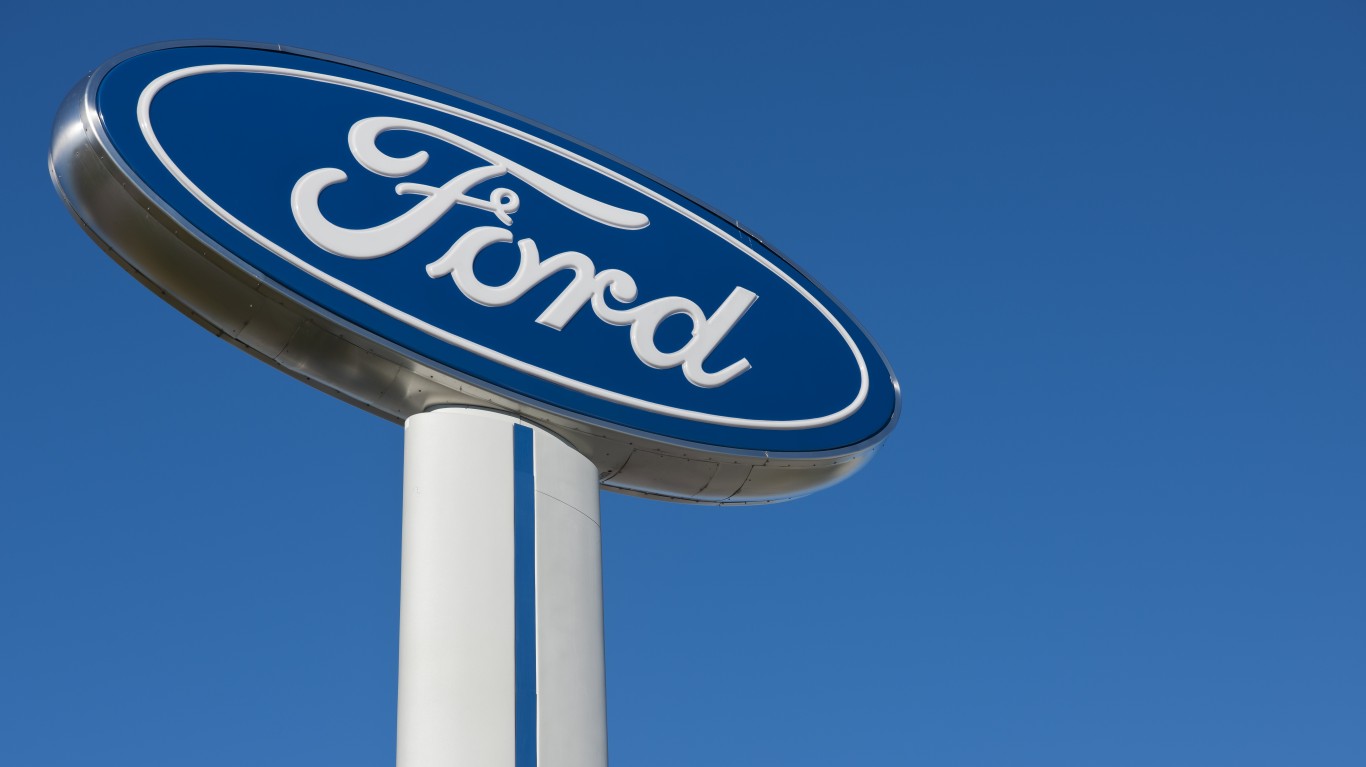
As new vehicle prices continue to rise, U.S. consumers are struggling to fit the higher payments into their monthly budgets. One result is that more Americans than ever are borrowing money to purchase both new and used vehicles. Another result is that more borrowers are behind on their payments, with many missing even the first payment.
One lender, Santander Consumer US Holdings Inc. (NYSE: SC), a subsidiary of Madrid-based Banco Santander S.A. (NYSE: SAN), may be particularly at risk. Santander makes a lot of loans to borrowers with less than subprime credit ratings (a credit score below 600) and then securitizes the loans into asset-backed pools. According to a report from Moody’s Investors Service, at the end of June, Santander had a total nonprime serviced portfolio of more than $26 billion (nonprime borrowers have credit scores below 660).
Santander gets high marks from Moody’s for its experience in the loan servicing business, the “strong performance” of its securitized offerings, and its stated policy of quickly buying back loans that are defaulted early. Among the weak points of the securitized loans are “weak credit quality of the collateral” and “deterioration in recent managed portfolio net loss performance.”
Moody’s set its cumulative net loss expectation for Santander’s most recent securitization asset pool at 15%. Net losses on some notes originating in 2018 and held in the bank’s managed portfolio “are performing the worst since 2008.” Because Santander buys back any loan on which the borrower misses the first payment and guarantees that a borrower will make at least two payments, the asset-backed pools maintain their value, but the managed portfolio suffers from additional risk.
In a Friday article about Santander, Bloomberg News notes that Santander’s asset-backed securities from last year performed better for investors because of the bank’s aggressive repurchasing practices. Moody’s analyst Matt Scully said, “The situation is somewhat perverse in that bondholders are actually benefiting from high early-payment defaults through the repurchases.”
Bloomberg also suggests that the deteriorating performance “implies that a growing number of borrowers may be getting loans based on fraudulent application information.”
If they are, Santander may have only itself to blame. According to Bloomberg, the bank verifies just 3% of the borrower incomes reported to it compared to the verification rate of 68% at competitor GM Financial. Fraud strategist Frank McKenna told Bloomberg, “We found that depending on the company, between 30% to 70% of auto loans that default in the first six months have some misrepresentation in the original loan file or application.”
If this doesn’t call to mind the mortgage crisis of 2007, it should. The big difference is in the amounts involved. Home mortgages are vastly larger than auto loans. According to the latest Fed data, Americans owe $15.63 trillion in mortgage debt compared to $1.17 trillion in motor vehicle loans.
Rising prices for new vehicles also raises prices for used cars and light trucks. According to Experian’s auto finance market report for the second quarter of this year, the average new car loan for a nonprime (credit score 601 to 660) borrower was $33,710. The average loan for a used car buyer was $17,427. The average term of those loans is just over 73 months.
Are You Ahead, or Behind on Retirement?
If you’re one of the over 4 Million Americans set to retire this year, you may want to pay attention. Many people have worked their whole lives preparing to retire without ever knowing the answer to the most important question: am I ahead, or behind on my goals?
Don’t make the same mistake. It’s an easy question to answer. A quick conversation with a financial advisor can help you unpack your savings, spending, and goals for your money. With Zoe Financial’s free matching tool, you can connect with trusted financial advisors in minutes.
Why wait? Click here to get started today!
Thank you for reading! Have some feedback for us?
Contact the 24/7 Wall St. editorial team.




